The Au Co Temple is located in the middle of a rice field by the Thao River in Hien Luong Commune, Ha Hoa District, Phu Tho Province, a land of outstanding people. This is a special historical and cultural work, associated with the image of Mother Au Co giving birth to Lac Hong children in one womb with the sacred meaning of compatriots, a nation with the same origin.
About the legend of mother Au Co: an old story tells that: De Lai married Lady Ngoc Nuong in Lang Suong cave, gave birth to Au Co, a beautiful girl as sparkling as a pearl from the sky. Lady Ngoc Nuong often called her the First Innate Princess. The story says that when Lady Ngoc Nuong gave birth to Au Co, she saw auspicious clouds protecting her, a fragrant scent spreading everywhere, a sign of "A fairy descending to earth". When she grew up, Au Co was very beautiful, "Like flowers, flowers can speak, like jade, jade has a fragrant scent", diligent in reading, good at playing the flute, and proficient in music.
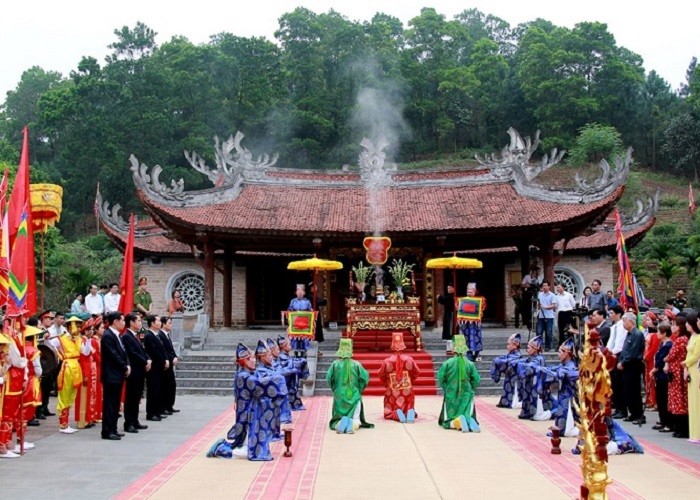
Photo (Source: Internet)
When she grew up, wherever she went, the sky was clear, the rain stopped, the birds sang, and flowers bloomed. Au Co married Lac Long Quan, the son of Kinh Duong Vuong Loc Tuc. After being pregnant for 3 years, 3 months, and 10 days, when the time came for the flowers to bloom, she returned to Nghia Linh mountain and gave birth to a sac of 100 eggs, which later hatched into 100 sons. When the children grew up, Lac Long Quan told Au Co, "I am of the Dragon race, you are of the Fairy race, water and fire are difficult to mix...", so the two divided, 49 children followed their mother to the mountain, 50 children followed their father to the sea, the eldest son was enthroned as King, named Hung Vuong, named the country Van Lang, established the capital in Phong Chau, and passed down for 18 generations.
Wherever Au Co and her children went, they won people's hearts, taught people to grow rice, grow mulberry, raise silkworms and weave cloth. On that long journey of thousands of miles, one day she arrived at Hien Luong village, Ha Hoa district, Son Tay town. She saw the beautiful natural scenery, with high mountains, wide fields, long rivers, clear blue lakes, lush trees, flowers and leaves, and abundant fish, birds and animals. She reclaimed the land and established villages, taught people to grow rice, grow mulberry, raise silkworms and weave cloth. Loan well, Phuong well, Thi hill, Cay Dau hill... are names from ancient times to the present that still linger in the memories of the people here.
In the past, according to legend, Mother Au Co stopped at Hien Luong to establish a mountain villa, taught people to grow rice, grow mulberry, raise silkworms and weave cloth. Therefore, the offerings to Mother Mau are also associated with the prosperity of agricultural life in this area. When the village was stable, she and her children set out for new lands. When the country was reunited and the borders were expanded, Mother Au Co returned to Hien Luong, the place she had chosen to spend her life. Legend has it that on December 25, Nham Than year, Mother Au Co and her flock of fairies flew to heaven, leaving a silk bodice under the banyan tree, where the people built a temple to worship her and burn incense for generations.
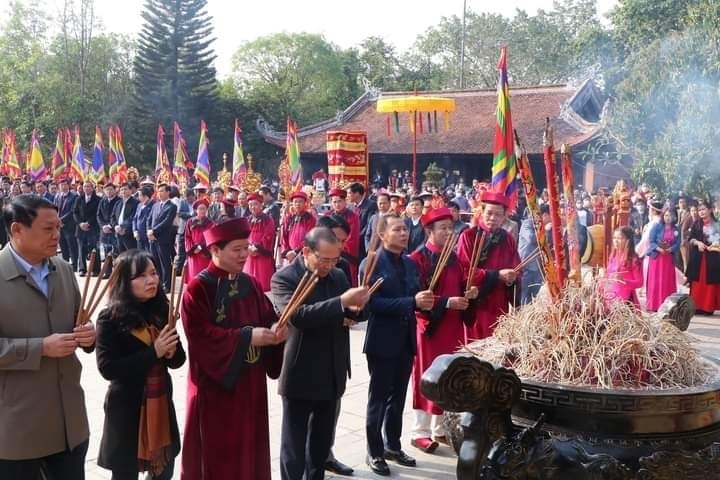
Incense offering ceremony to Mother Au Co (Photo: Internet)
The Au Co Temple is a historical and cultural relic that has existed for more than 5 centuries and has been recognized by the Vietnamese State dynasties as an international temple (national ceremony) three times. From the 15th century (1465), after the Le Dynasty conferred a royal decree and built the temple to its current scale, in the 19th century, the Nguyen Dynasty once again conferred a royal decree on the Au Co Temple. On August 3, 1991, the Au Co Temple was ranked as a national historical relic by the State. The main festival of the Au Co Temple is the "Fairy's Descent" day on the 7th of January. In addition, there are other festivals in the year such as February 10-11, March 12, August 13, etc.
The temple was built on a large, high land in the middle of the field. Through the vicissitudes of history, the temple has been restored many times. The temple has 5 rectangular rooms, wooden pillars, and a roof covered with scale tiles. The ancient banyan tree behind the temple has lush branches and leaves that almost completely cover the temple facing the South. On the left is Loan well, on the right is Phuong well, in front is Giac mountain as a screen, behind is the winding Red River surrounding. The structure of the truss is in the style of overlapping beds, with seven bars, and covered with fish-tail tiles.
The art of sculpture and decoration on the upper part, the upper part, the crossbeam, the armpit, the head, and the arched door are carved very elaborately. Carving the four sacred animals and the four noble animals is the main theme of contemporary art. These carvings are carved, pierced, and painted with red and gold, splendid and majestic. The 2.2m high upper palace is where the Mother Goddess altar is located. The border around the door of the altar is carved in many layers according to the theme of the four noble animals: pine, chrysanthemum, bamboo, and apricot. Inside the altar is a statue of Mother Au Co sitting on a throne. Mother Au Co wears a red dress, a diamond-studded hat, a gold necklace, and sandals. The statue was carved during the Le Dynasty and has high value in terms of visual art and aesthetics. In the temple, there are many precious relics such as the throne, the altar, etc., which are meticulously and delicately carved. Mother Au Co Temple has high value in terms of architectural art and folk carving.
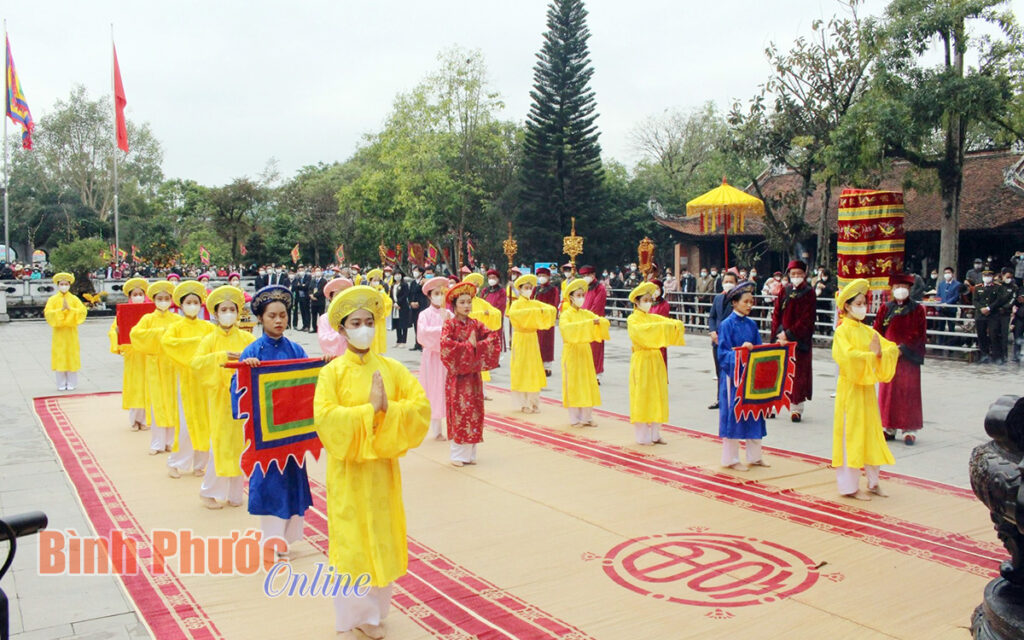
Performing the female worship ceremony at the Au Co Temple Festival - Photo: Phuong Thanh
The Au Co Temple is a special historical and cultural work, a symbol of patriotism and the tradition of national solidarity. The image of Mother Au Co giving birth to the Lac and Hong children of Vietnam in a bag of one hundred eggs has become an immortal image that lives forever in the thoughts, feelings and minds of generations of Vietnamese people. To make offerings to the Mother, near the festival day, the people of Hien Luong row boats to the middle of the Red River, choose the clearest place to draw water to prepare cakes and make offerings to the National Mother. This ritual is solemnly and sacredly organized by the people.
Regarding the festival spirit, local people still pass on the song:
The seventh day of the first lunar month
The people of Hien sacrificed to the sound of drums and gongs...
My Bach Viet brothers!
Spring day leisurely visit the wall
People on Mother Goddess festival
The person who gave birth to the Hung Kings of our country...
After Tet, the whole region is busy preparing offerings, repairing and renovating temples and communal houses. Every year, one village is chosen to prepare offerings for the ceremony. From the 3rd and 4th of January, the village council of village chiefs holds meetings to assign tasks in preparing offerings. The offerings are vegetarian dishes of various types of cakes: banh dang, banh che kho, banh it or banh ut... with the main ingredients being sticky rice and molasses, black beans or green beans, carefully selected by the young men and women in the village, processed and made in their own ways for each type of cake. Together, the ceremony is held at Hien Luong communal house with a team of male worshippers in ceremonial costumes to worship Thanh Hoang, with the villagers' wishes for favorable weather, good crops, and prosperity for all people.
The offerings include 100 banh dang bridges, 100 banh che kho products, 100 banh it cakes, fruits, lanterns, incense, betel, wine... After the incense offering and offerings, the ceremony is held. The female sacrifice team consists of 12 young, beautiful and educated girls wearing gold scarves on their heads, embroidered shoes on their feet, and a silk belt. The main sacrificer wears an all-red outfit. The female sacrifice officer attracts attention during the ceremony because of its solemnity and respect. After the female sacrifice team finishes, local people and visitors eagerly enter the temple to offer incense and offerings to pray for the people's health and prosperity, good crops, and the people's health and prosperity.
The worship of Mother Au Co at Mother Au Co Temple has been included in the List of National Intangible Cultural Heritage by the Ministry of Culture, Sports and Tourism. People from all over the country come together to Mother Au Co Temple to offer incense to the Mother to show their respect and gratitude, to calm our hearts and think about our ancestors, grandparents, and parents, to dispel the turbidity in our hearts, to expand our compassion for a better life.
Coming to the temple of Mother Au Co means returning to our roots and the morality of "When drinking water, remember its source" while remembering Mother Au Co, the legendary and sacred mother forever engraved in the hearts of all Vietnamese people./.
Vuong Thanh Tu




![[Photo] National Assembly Chairman visits Vi Thuy Commune Public Administration Service Center](https://vphoto.vietnam.vn/thumb/1200x675/vietnam/resource/IMAGE/2025/7/1/d170a5e8cb374ebcae8bf6f7047372b9)

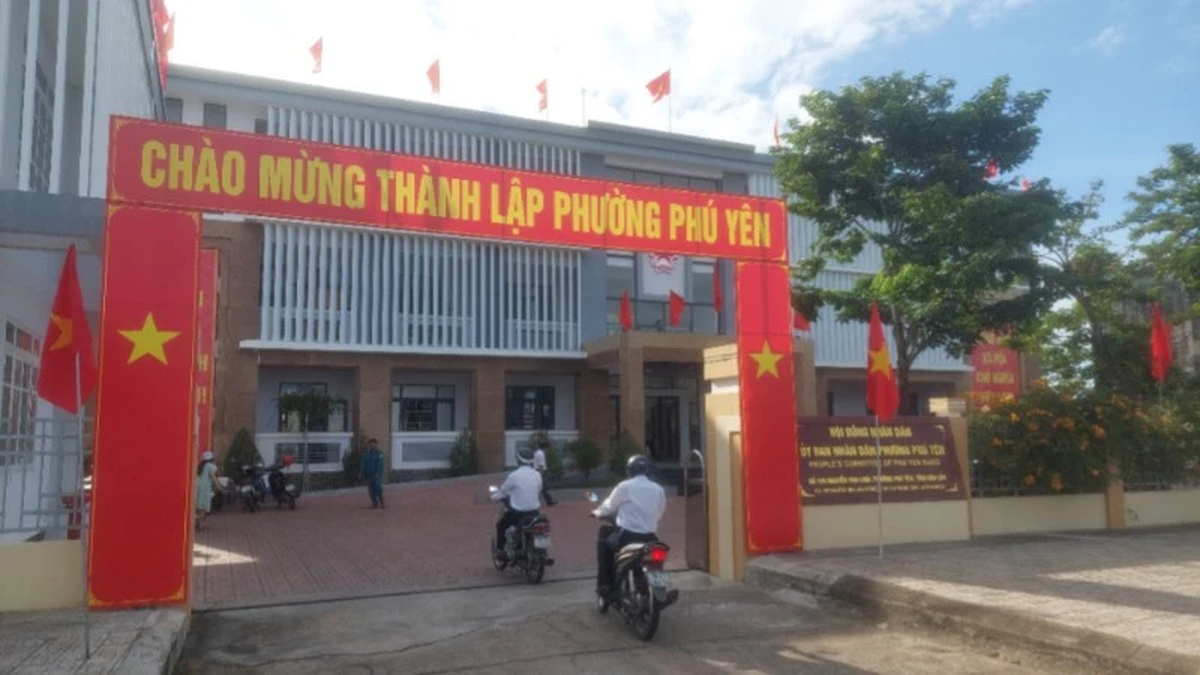



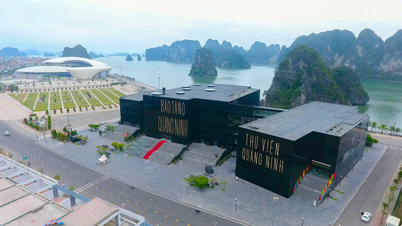

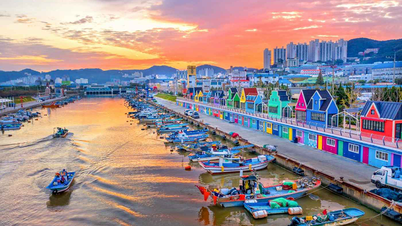

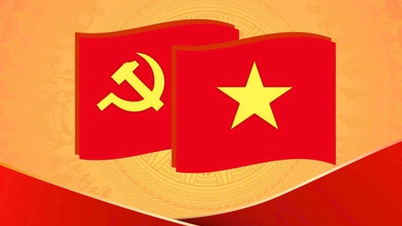
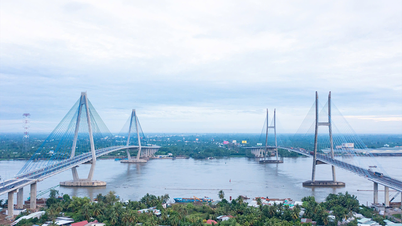
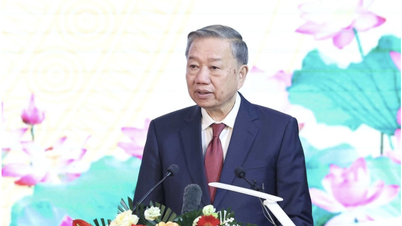

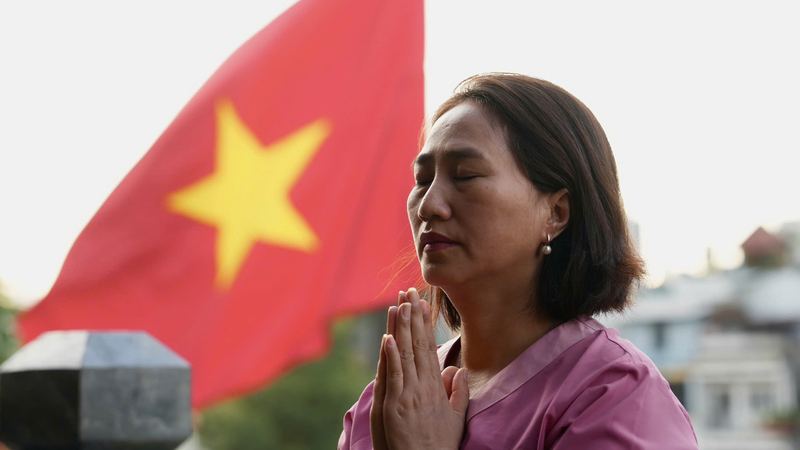
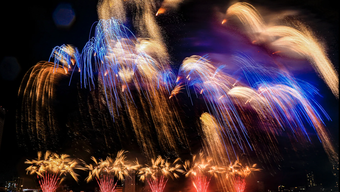
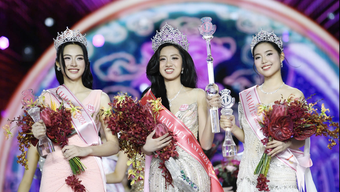
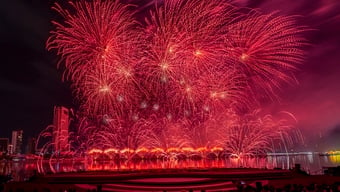
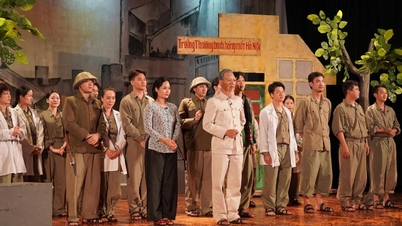
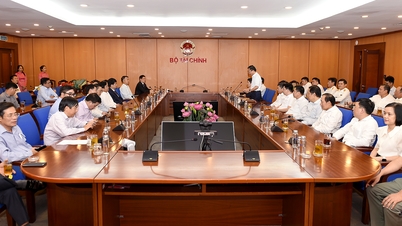


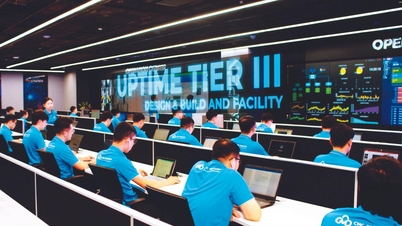

![[Photo] Standing member of the Secretariat Tran Cam Tu chaired a meeting with Party committees, offices, Party committees, agencies and Central organizations.](https://vphoto.vietnam.vn/thumb/1200x675/vietnam/resource/IMAGE/2025/7/1/b8922706fa384bbdadd4513b68879951)
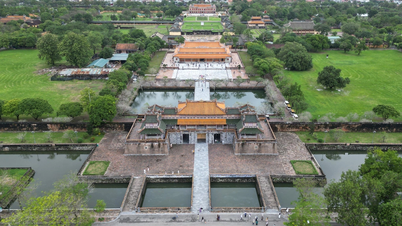

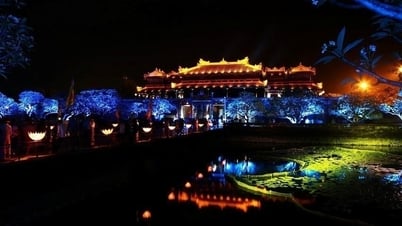

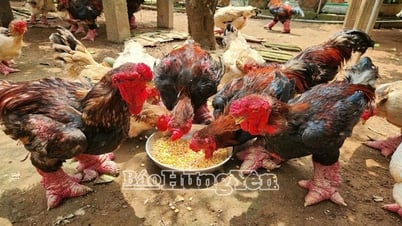

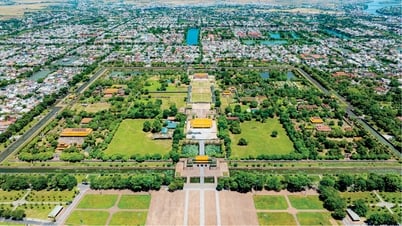

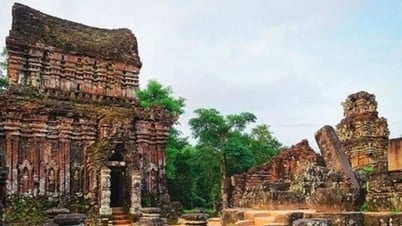

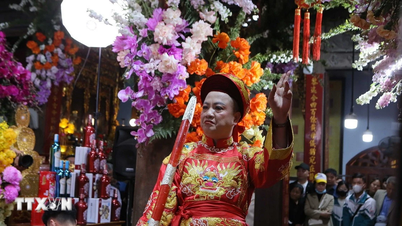
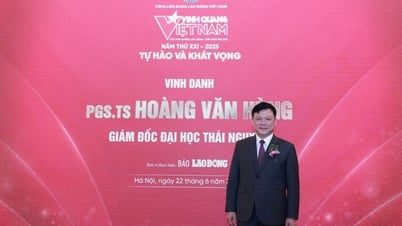

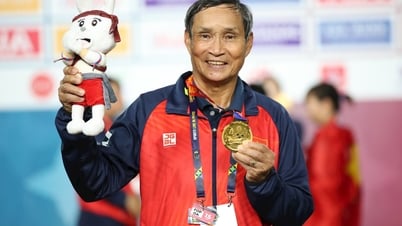

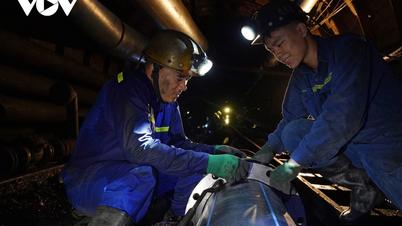

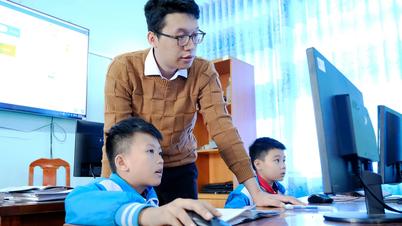
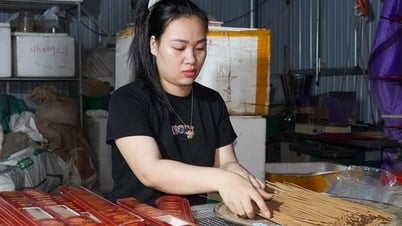




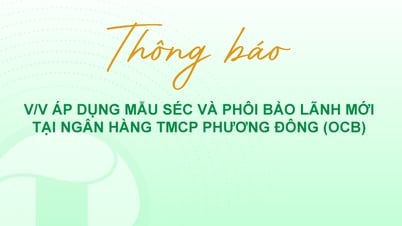
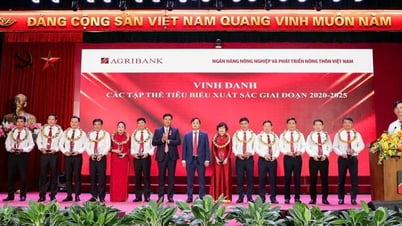


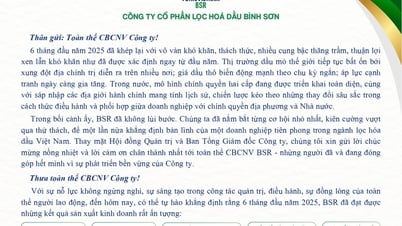
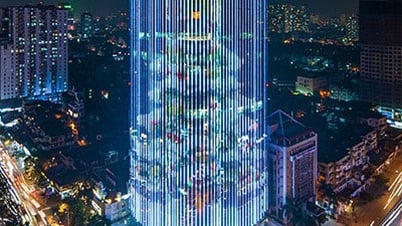

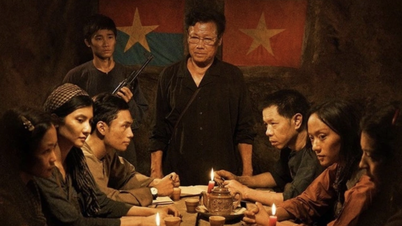
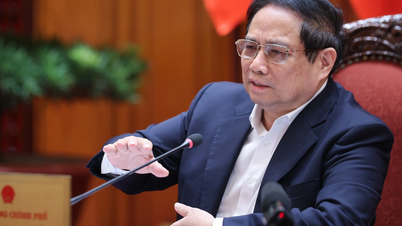
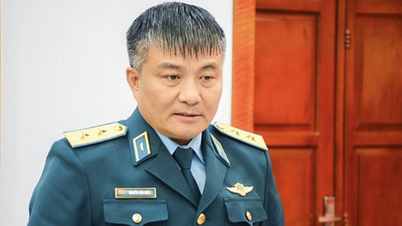
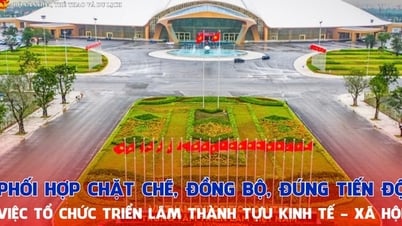


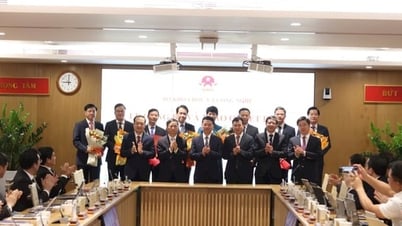

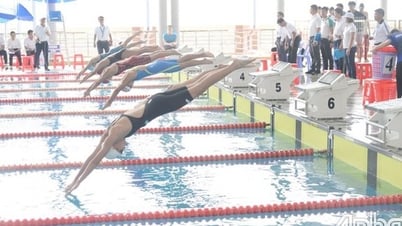
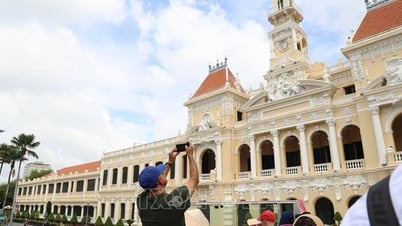
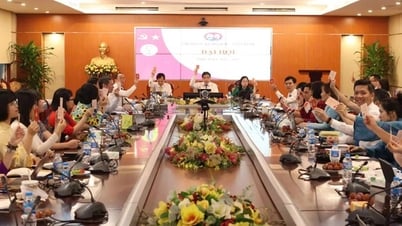
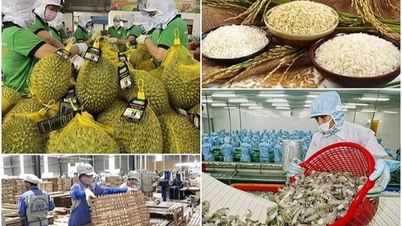

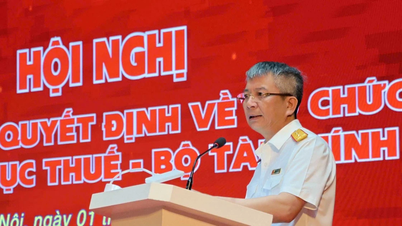


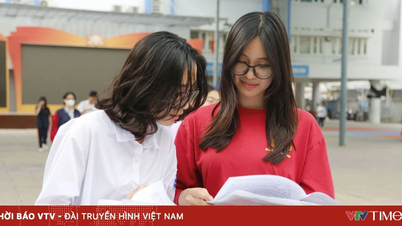
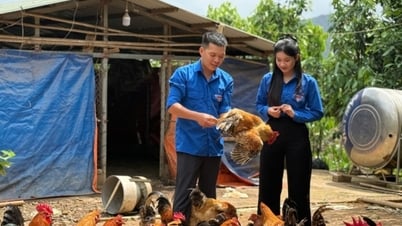

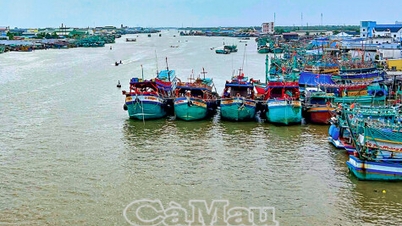

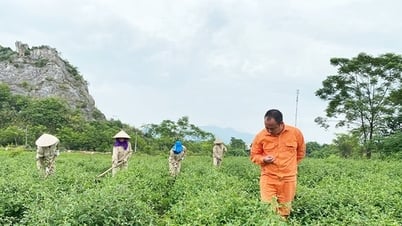

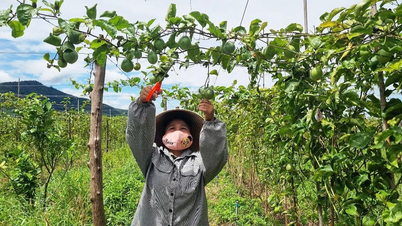

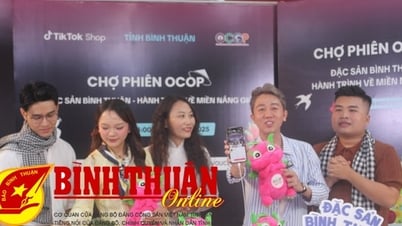

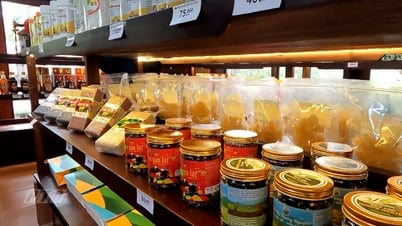

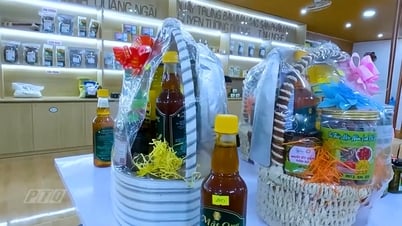
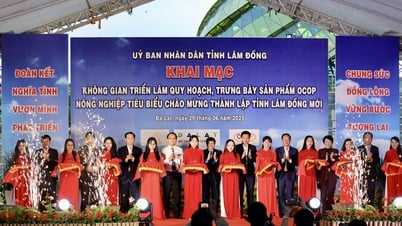



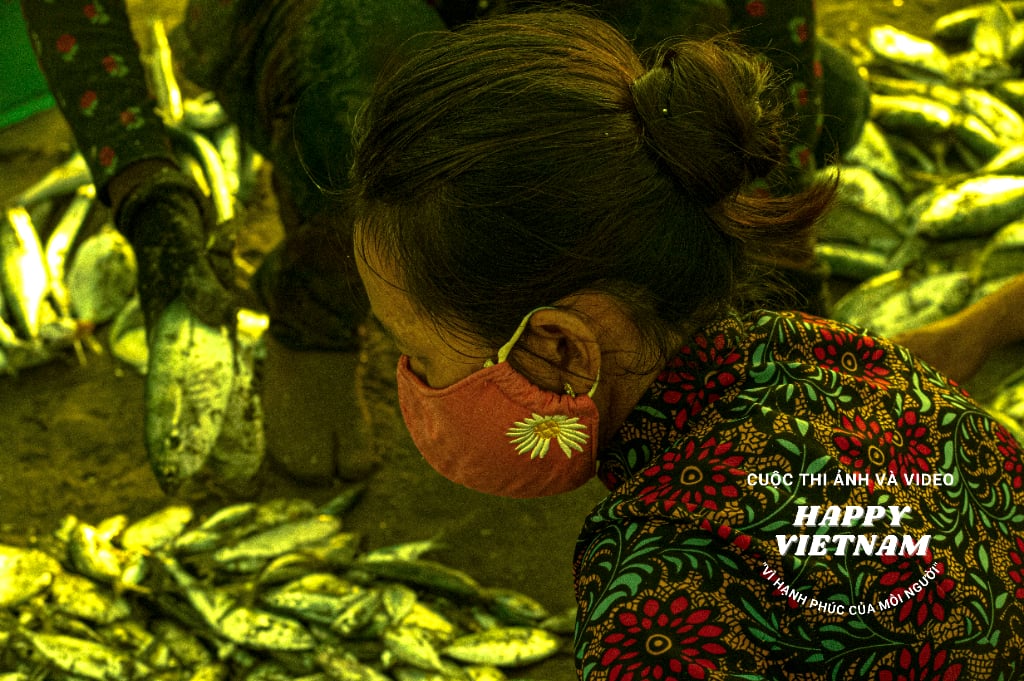
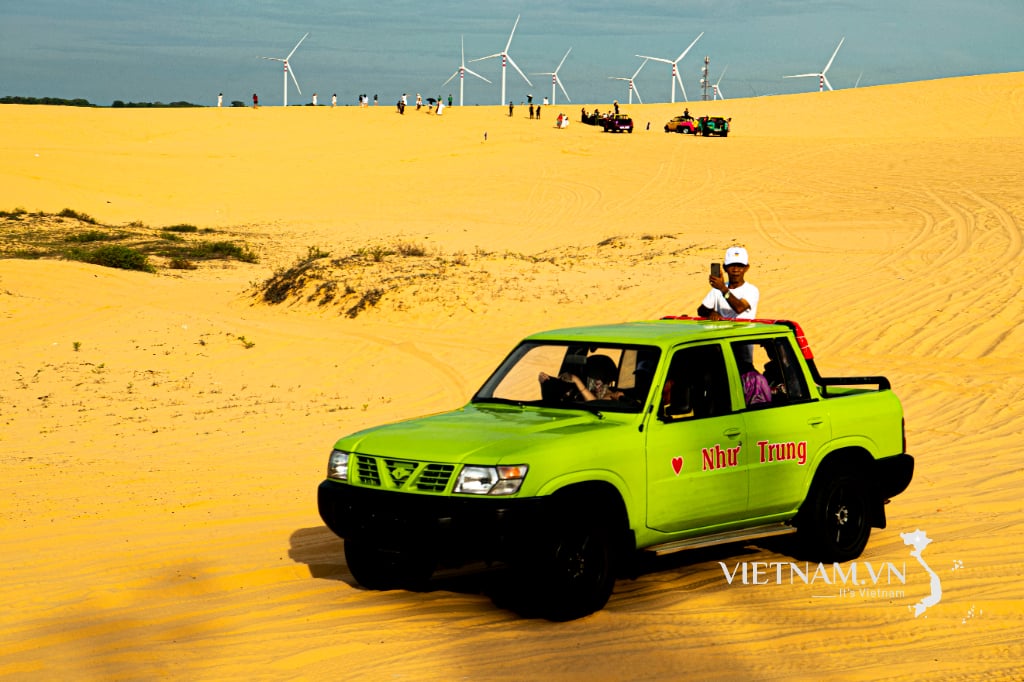
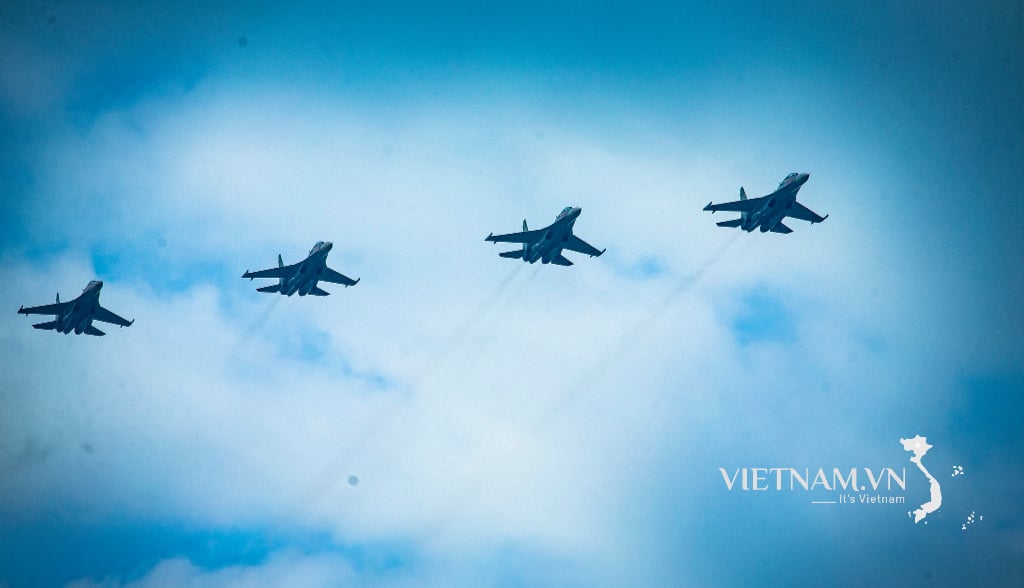
Comment (0)